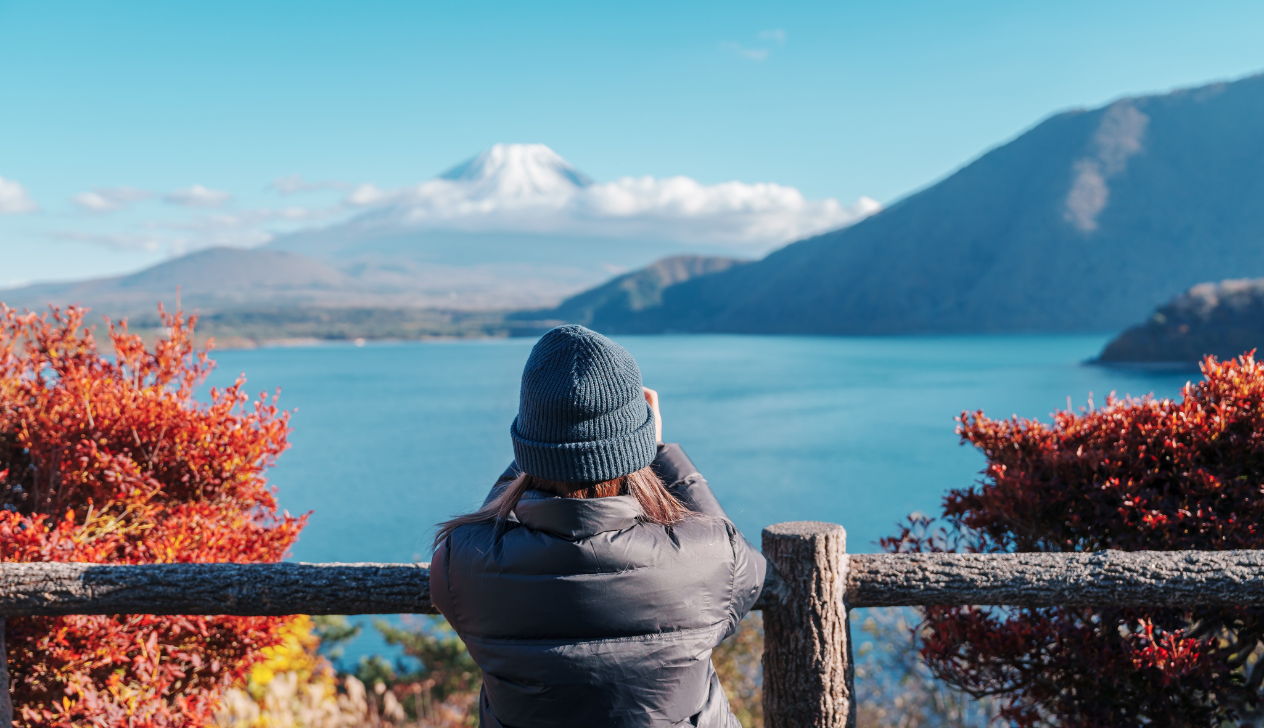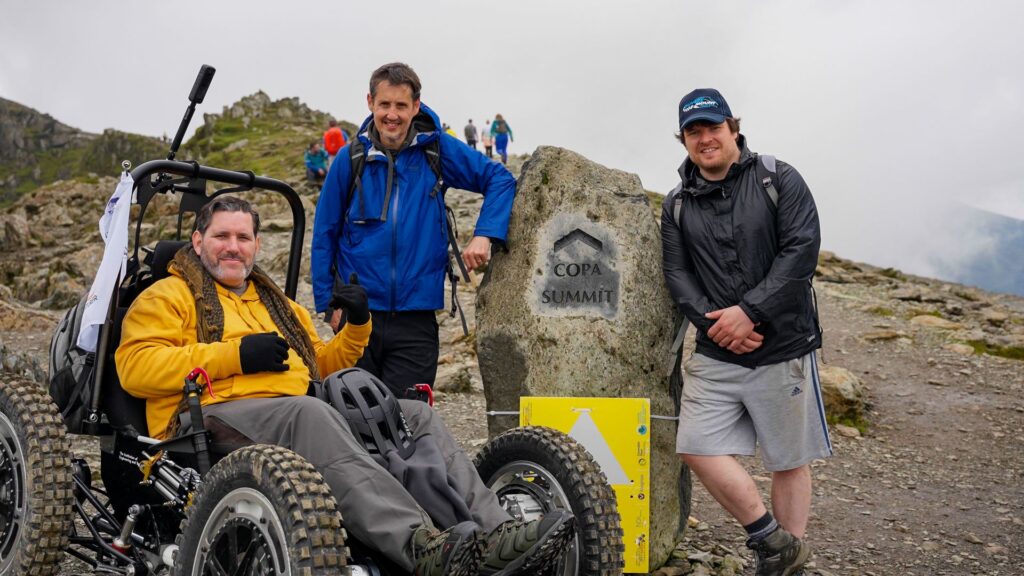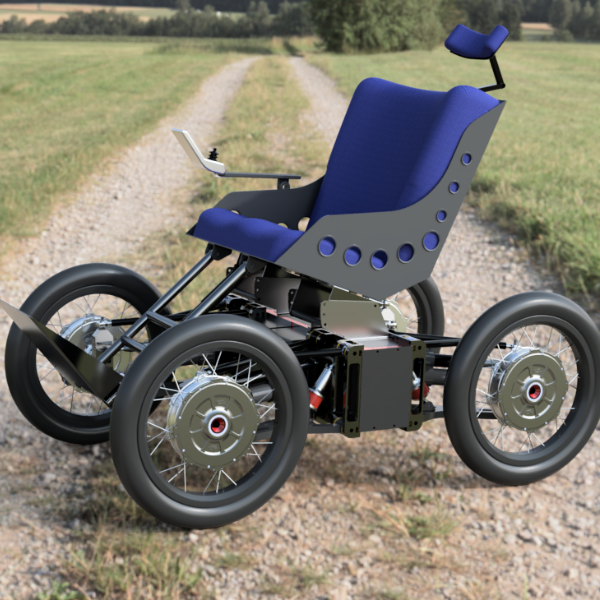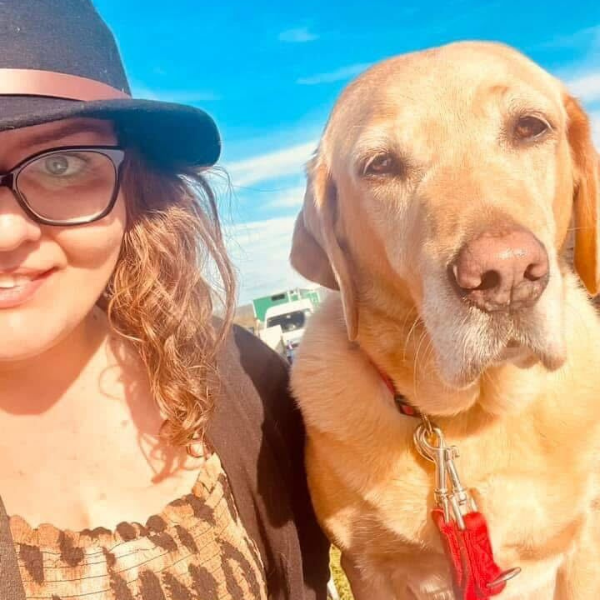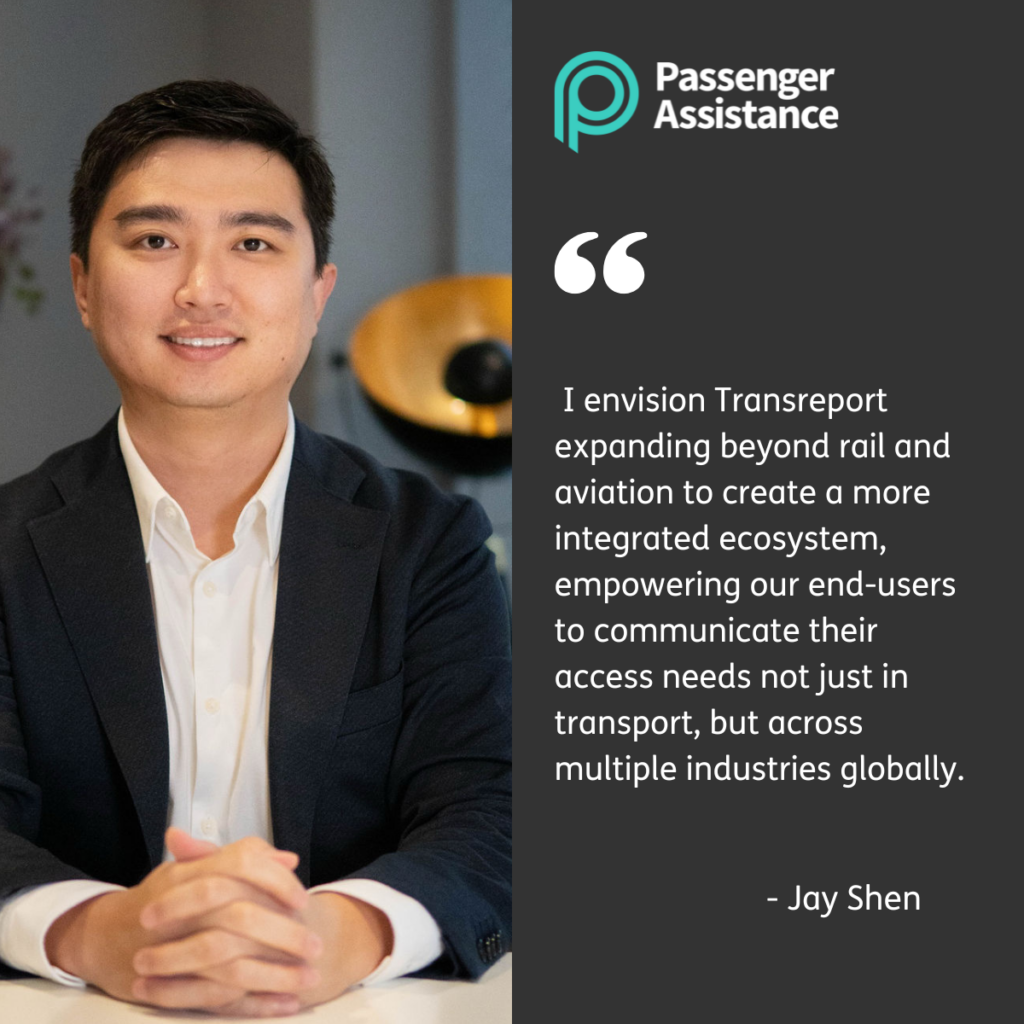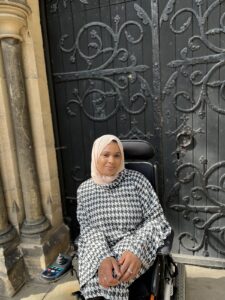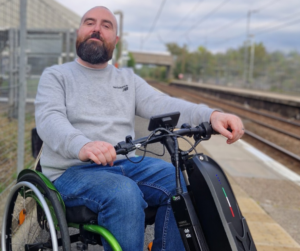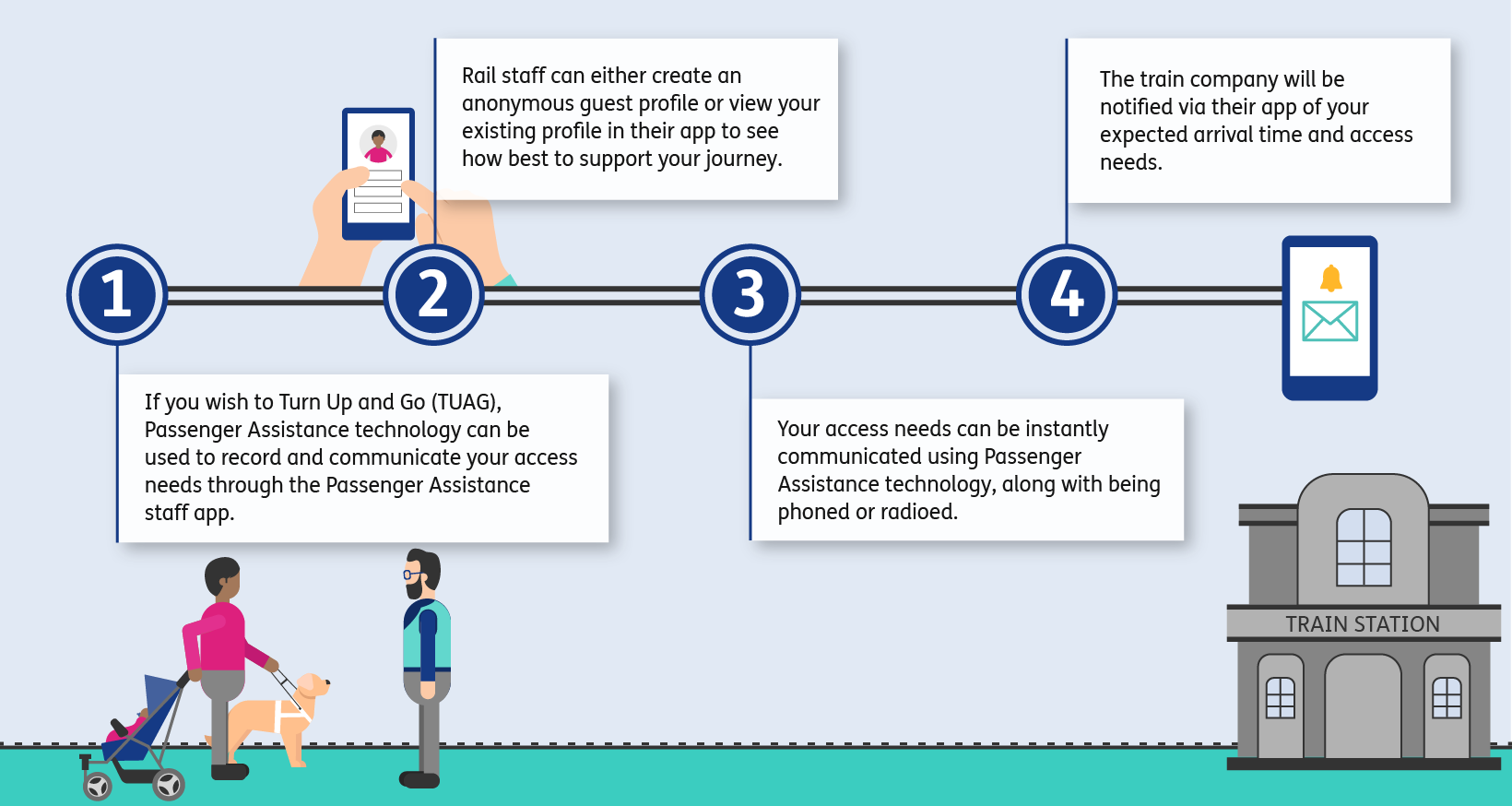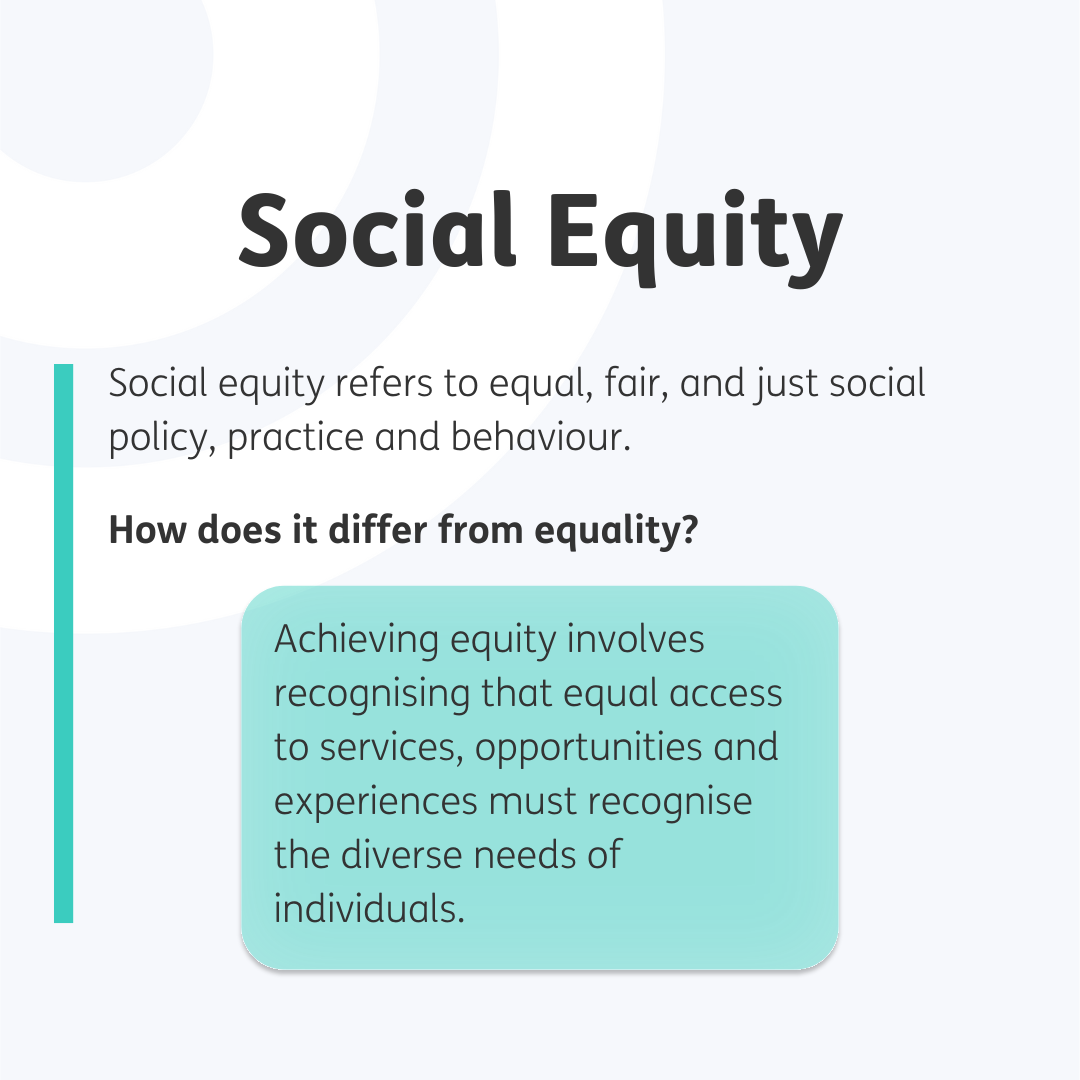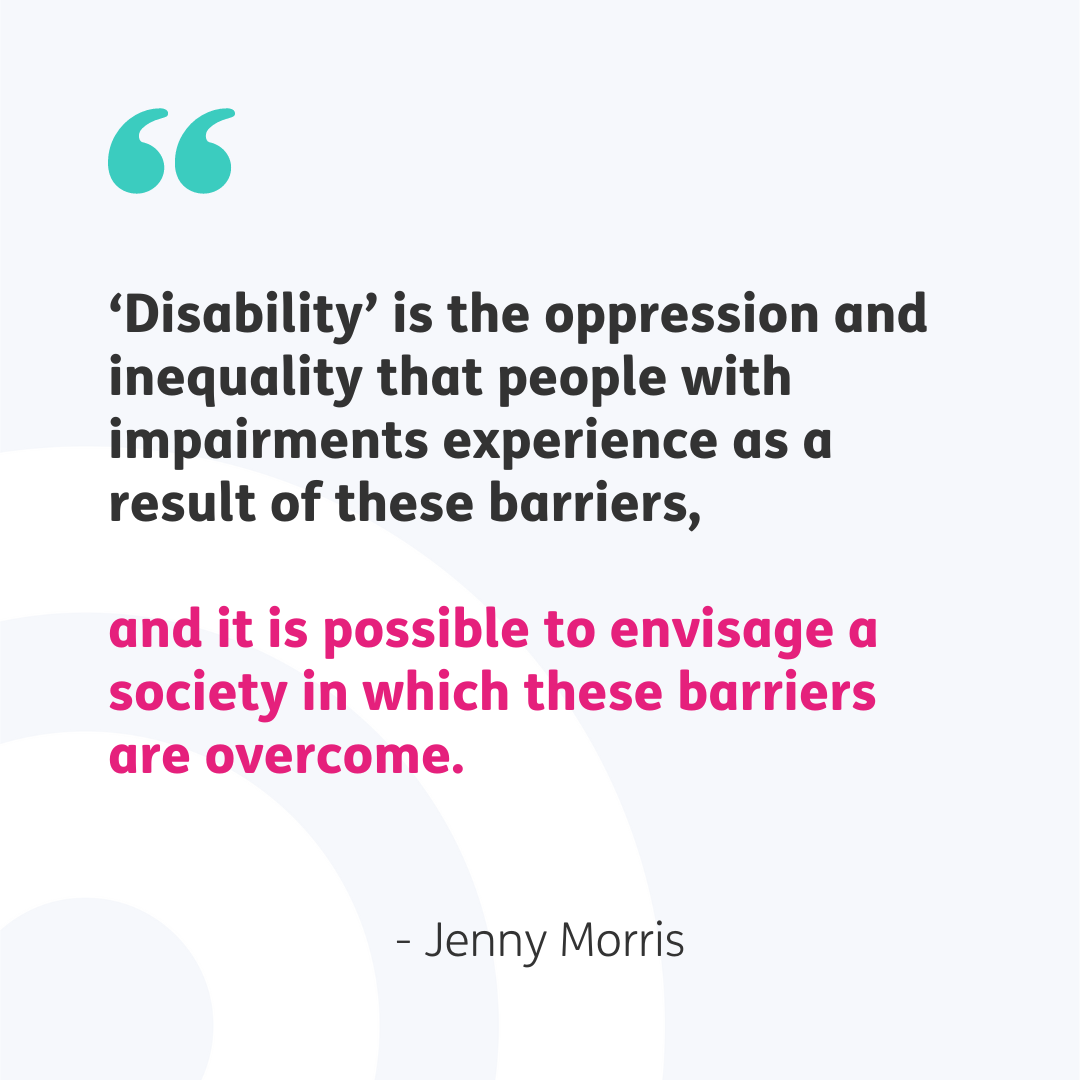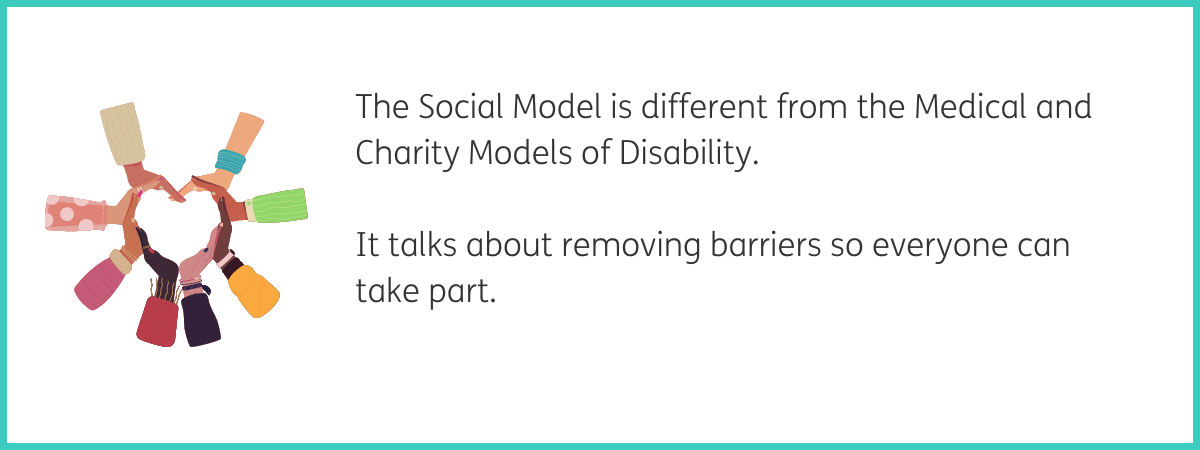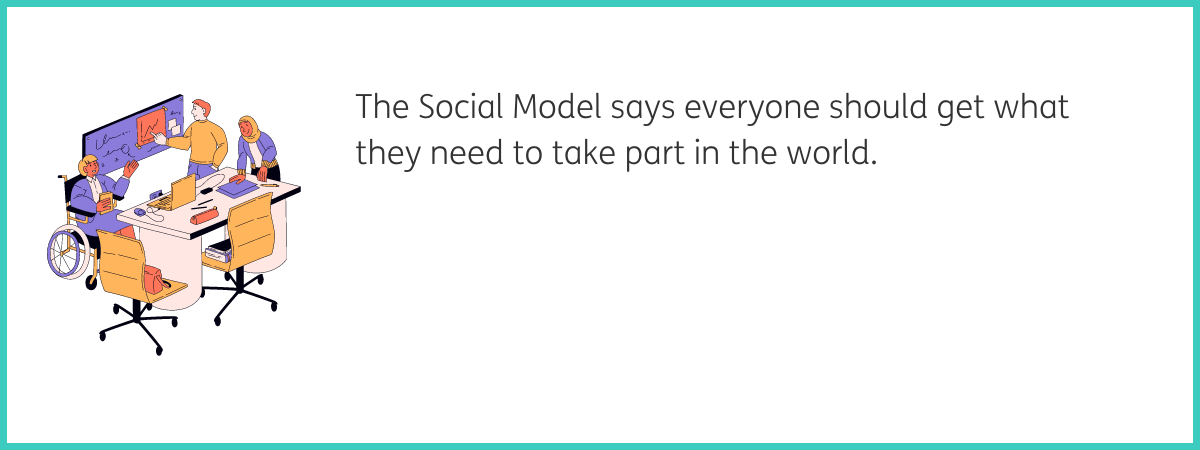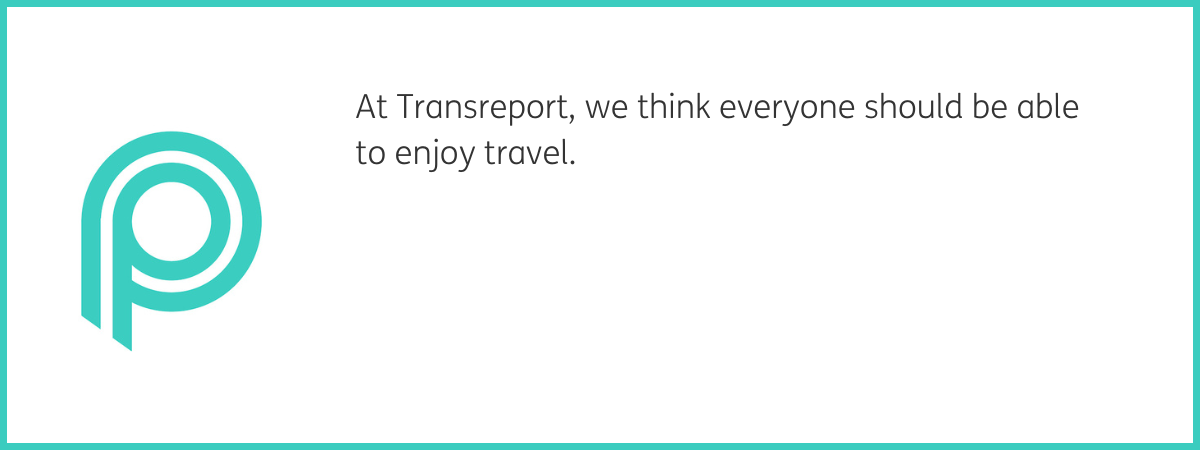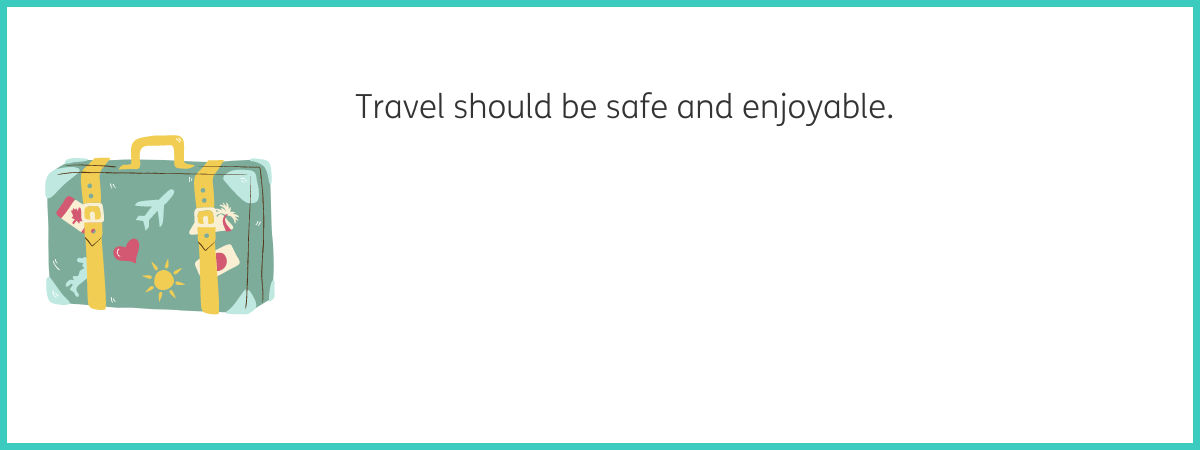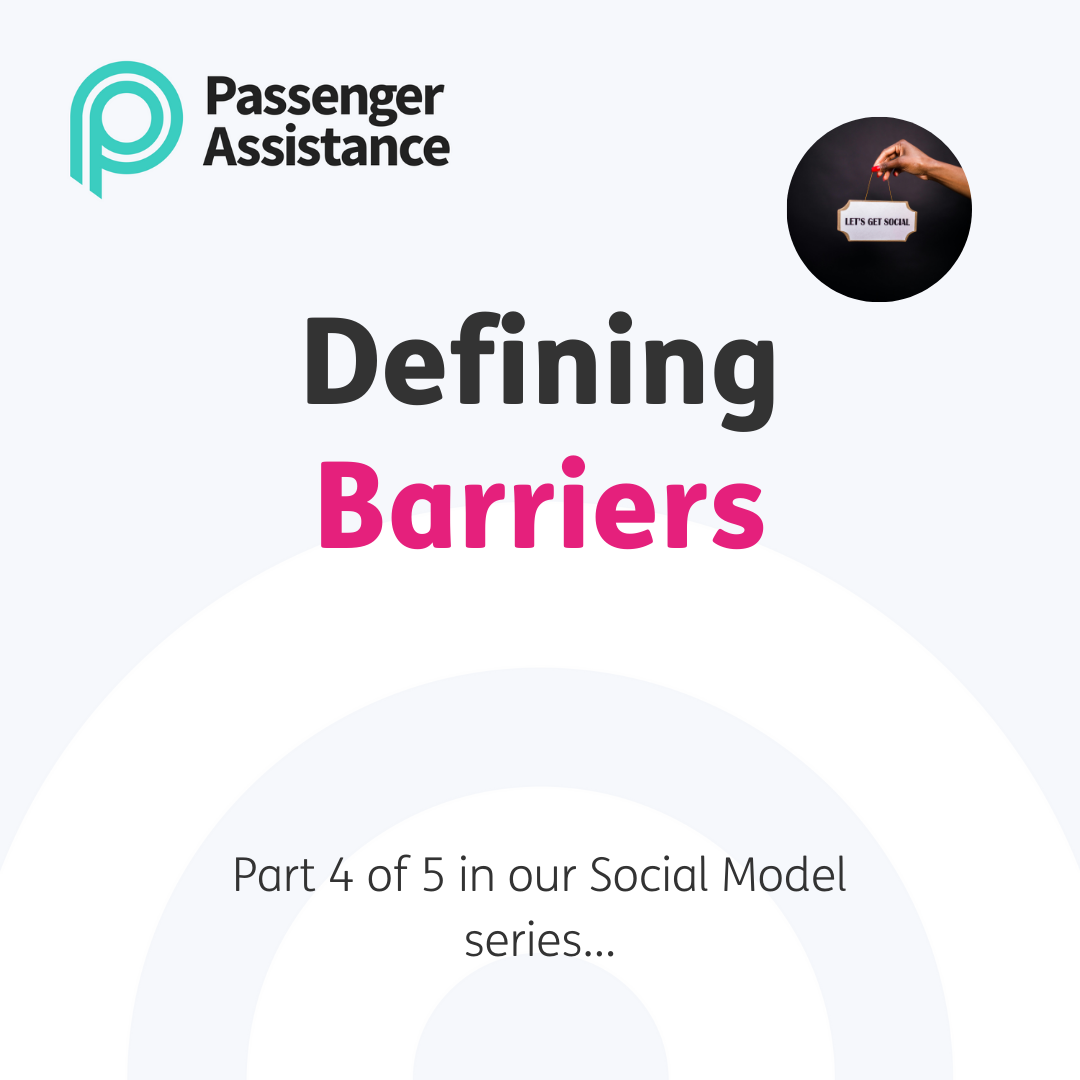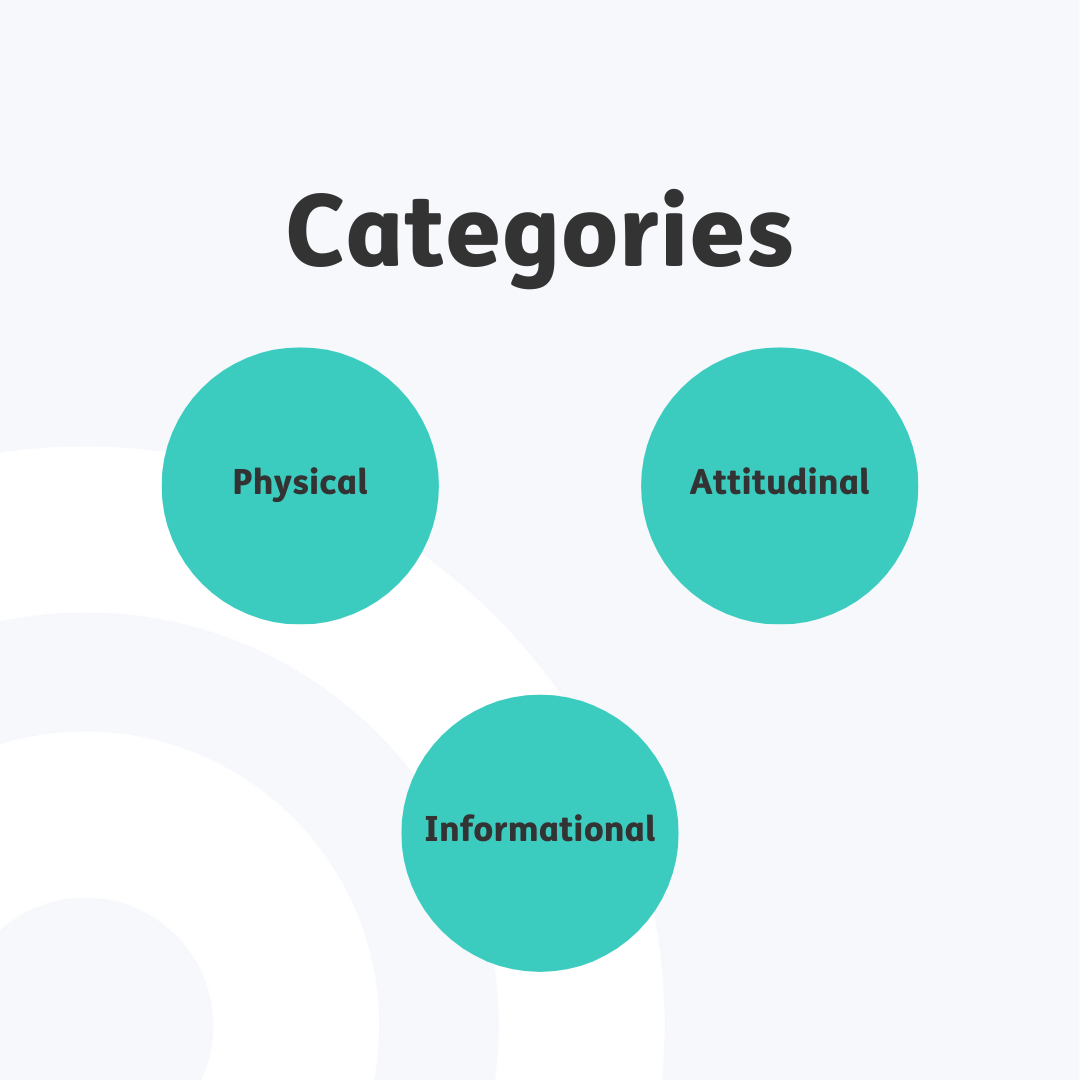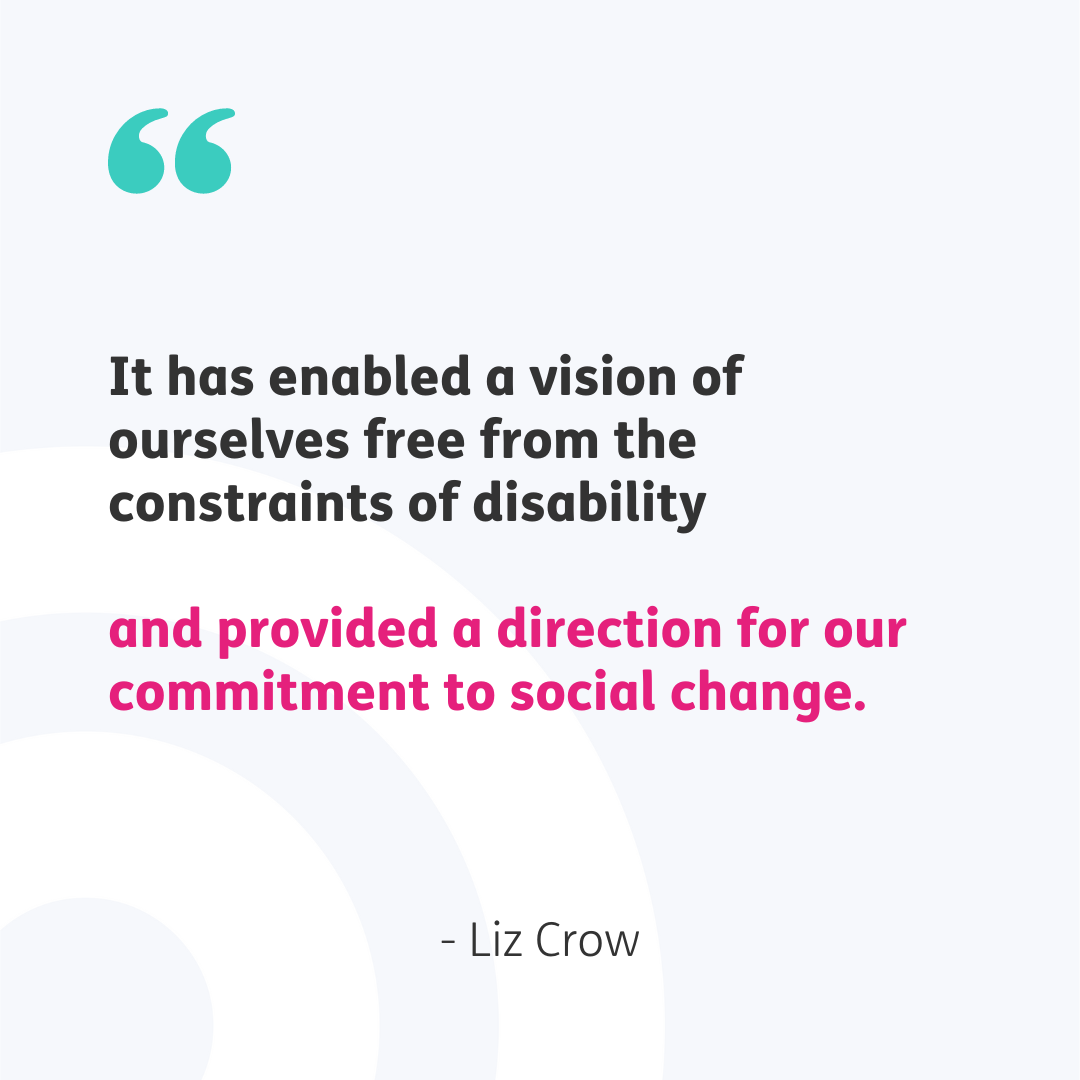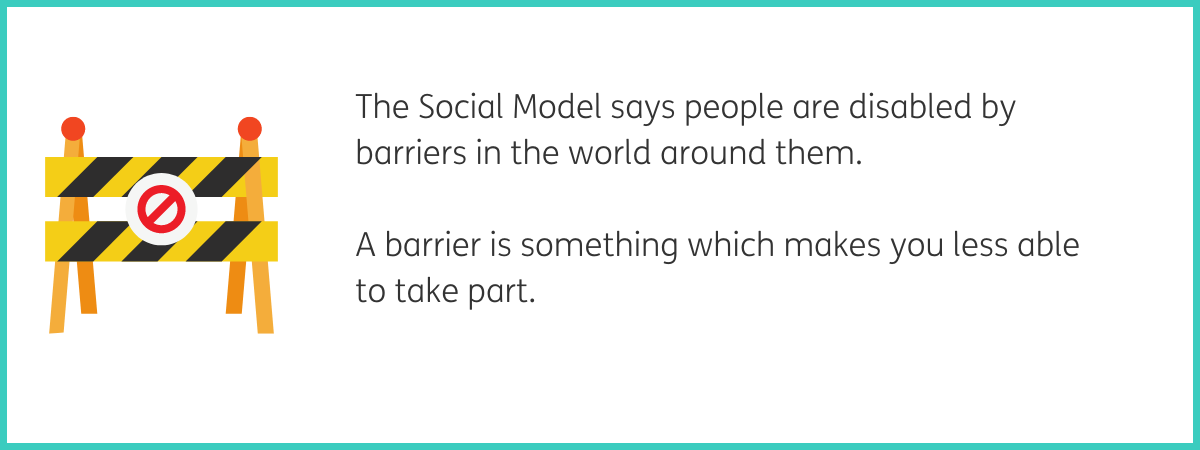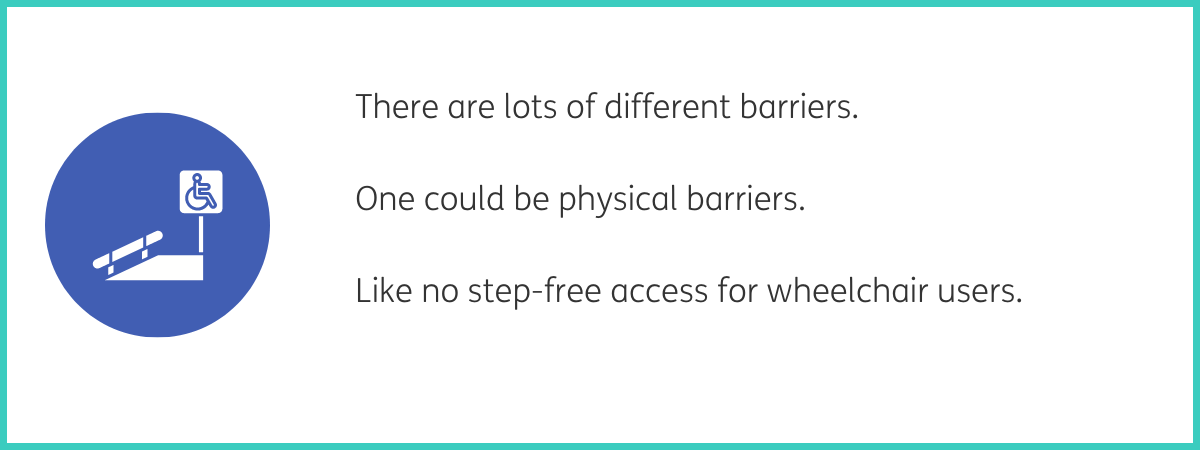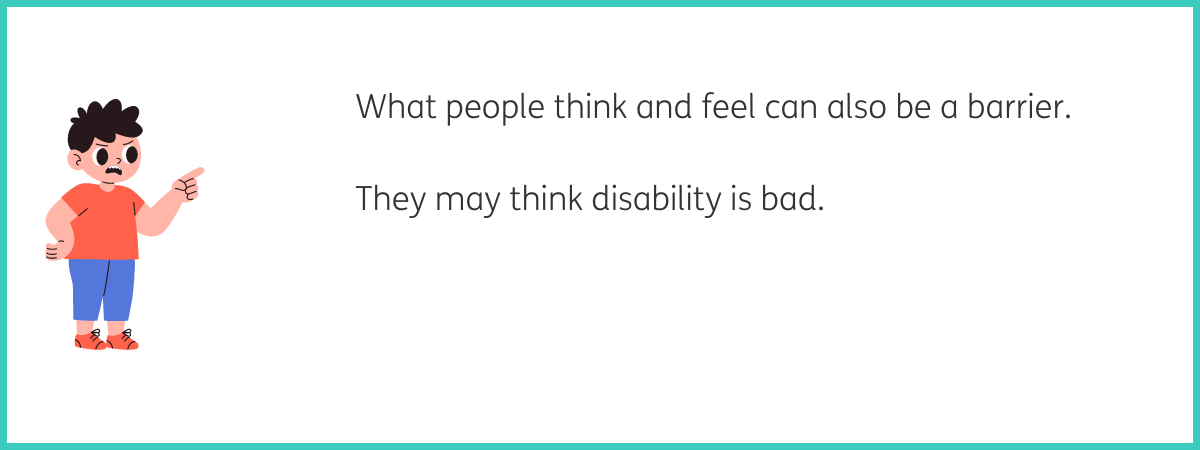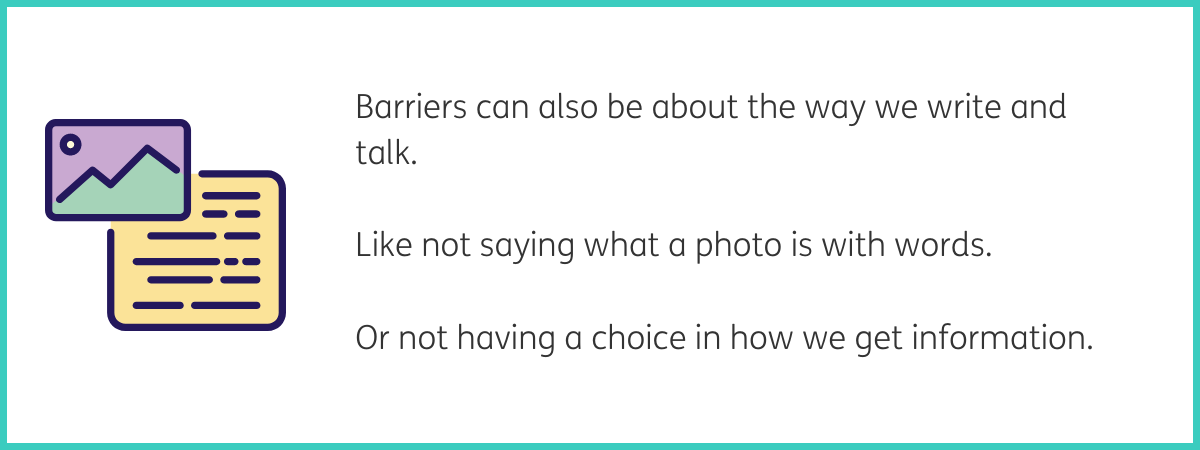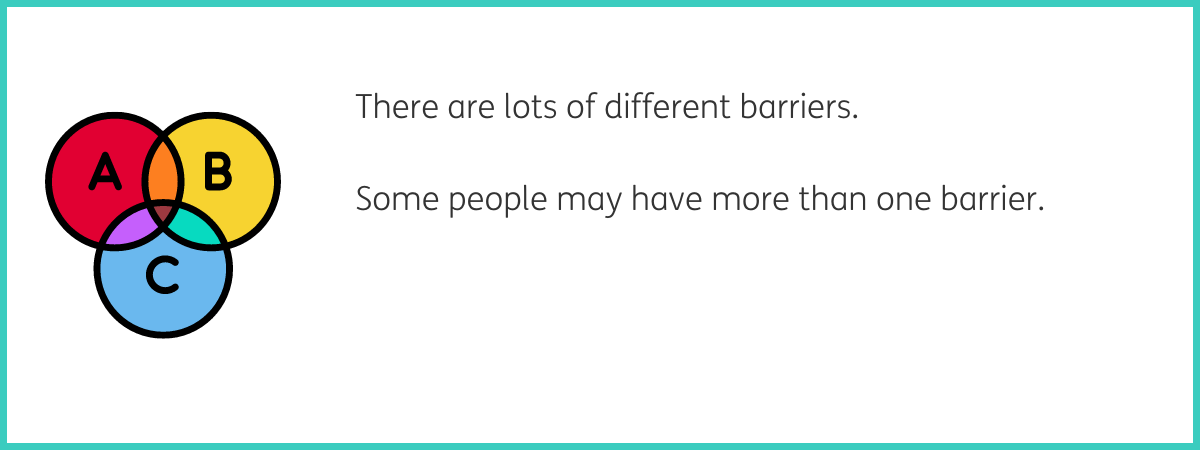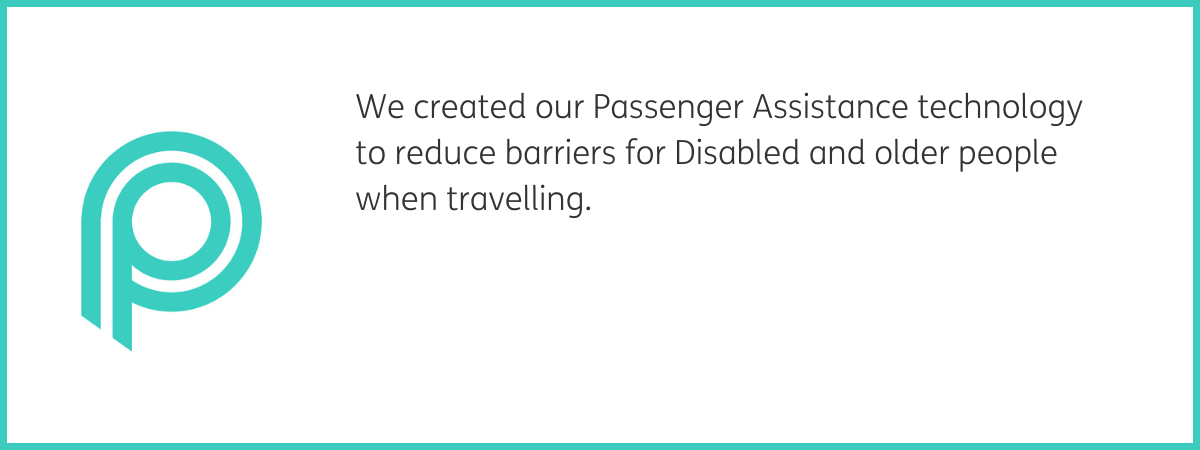
Attending a game at St Andrew’s was more than just a football experience – it was a real-world test of accessibility across different types of transport. Mine and my Grandad’s journey to Birmingham involved both train and air travel, which gave me an opportunity to compare accessibility features, highlight challenges, and celebrate positive moments. I travelled from Dublin, Ireland to Birmingham!
The Train Journey: Accessibility in Motion
Requesting assistance in advance via Transreport’s Passenger Assistance app was straightforward, and I appreciated the ability to communicate my specific needs ahead of time. On arrival at the station, rail staff were ready to support me, ensuring a smooth boarding process. The dedicated wheelchair spaces were well-placed, and staff regularly checked in to offer assistance. I was travelling from the airport to the city and the same for my return trip.
The train company staff were excellent but some practical accessibility challenges stood out to me. Gaps between the train and platform can still be a big hurdle, and the availability of ramps sometimes depends on last-minute coordination. For me, the importance of seamless, pre-arranged support cannot be underestimated – something that technology like Passenger Assistance is improving. I love spontaneous travel and the Passenger Assistance App supports this. Hopefully someday we will have more level access platforms like the Queen Elizabeth line 😊
The Airport Experience: Navigating Air Travel with Assistance
Airports can be overwhelming, but my experience at check-in and security was positive overall. The airport staff were helpful, making sure I had a smooth passage through security without unnecessary delays. The journey from security to the gate highlighted areas for improvement. In the airport there were designated assistance lanes but in other airports I would require additional planning to ensure the route is manageable. Here was positive 😊
I pre booked my assistance via the airline website and communicating my access needs before arriving reduced the usual stress of navigating the crowd and fast paced boarding areas. There was room for improvement however as I did have to wait on the Ambulift for ten minutes which was physically challenging and tiring for me.
The emphasis on clear communication throughout the process even to the aircraft staff is really important as it would empower a positive experience of air travel by avoiding a situation like this. Transreport’s Passenger Assistance Technology isn’t in the airport yet but the benefits would be all of what I just described and it would empower my journey.
Technology as a Game-Changer for Accessibility
Transreport’s Passenger Assistance app, which was made with the Disabled community, played an important part of making the rail section of my journey smoother. The ability to communicate my needs in advance removed the unpredictability as best it could to make travel less stressful.
This highlights a really important point – technology is a powerful enabler of accessibility. When designed inclusively, digital solutions bridge gaps in access, ensuring that everyone can travel with dignity and ease. This is why it’s essential for more people to engage with initiatives like Transreport’s Community Network, where our real life lived experiences shape future solutions.
Defining Accessibility: More Than Just Physical Access
Accessibility isn’t just about ramps and lifts; it’s about equitable access to experiences. It means being able to attend a football match, like the Brummies with my Grandad, visit friends, or take a trip with the same ease as anyone else. True accessibility ensures that every part of the journey – from booking to arrival – is smooth, dignified, and empowering.
Let’s Make Travel More Inclusive Together
Travel’s getting better when it comes to accessibility – I’ve noticed it, and I’ve felt the changes myself. But there’s still more to do. If you’ve ever had challenges or ideas about how travel could be easier for everyone, why not join Transreport’s Community Network? It’s a chance to share your story and help shape real change.
Also, if you want a smoother journey, check our the Passenger Assistance app – it’s made to help make accessible travel simpler: https://passengerassistance.com/
